Blame Kenneth MacMillan. The great Royal Ballet choreographer of the 1960s, 70s and 80s was convinced that narrative dance could and should extend its reach beyond boy meets sylph and began wrestling with heavyweight essay subjects such as the fall of the Austro-Hungarian empire (Mayerling) or the last of the Romanovs (Anastasia).
Already a subscriber? Log in
Subscribe for just $2 a week
Try a month of The Spectator Australia absolutely free and without commitment. Not only that but – if you choose to continue – you’ll pay just $2 a week for your first year.
- Unlimited access to spectator.com.au and app
- The weekly edition on the Spectator Australia app
- Spectator podcasts and newsletters
- Full access to spectator.co.uk
Or
Unlock this article
You might disagree with half of it, but you’ll enjoy reading all of it. Try your first month for free, then just $2 a week for the remainder of your first year.

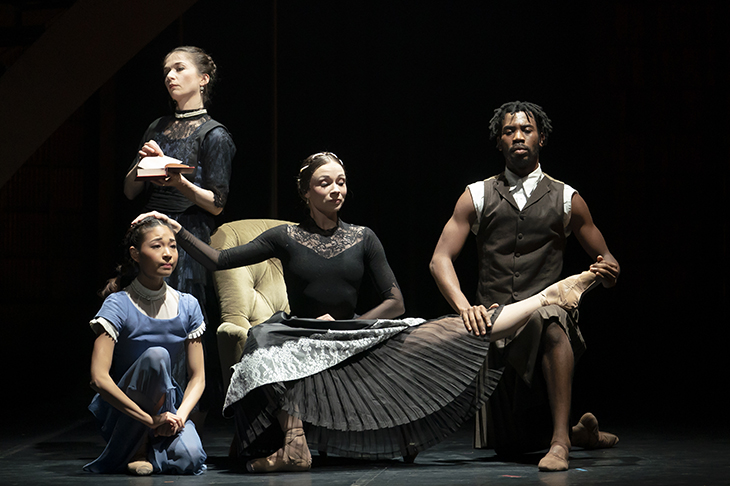
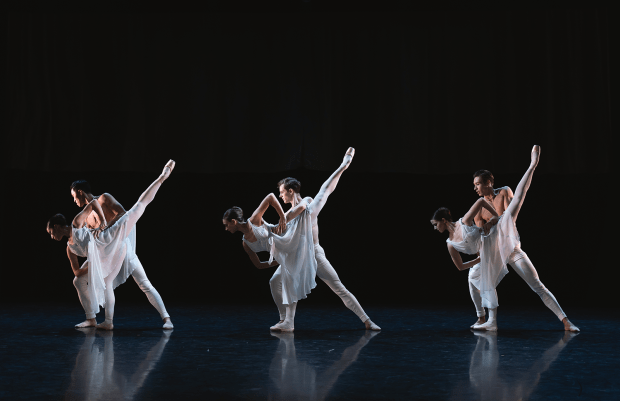
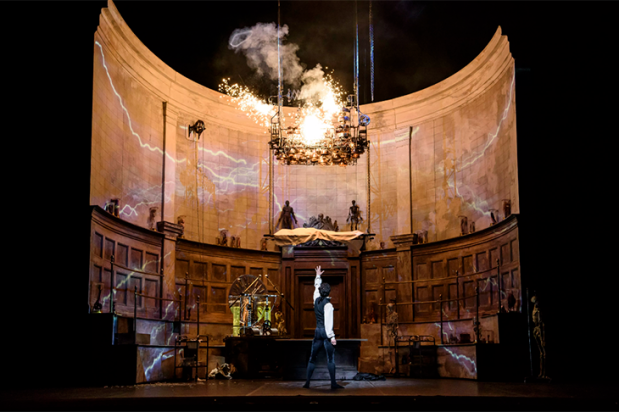
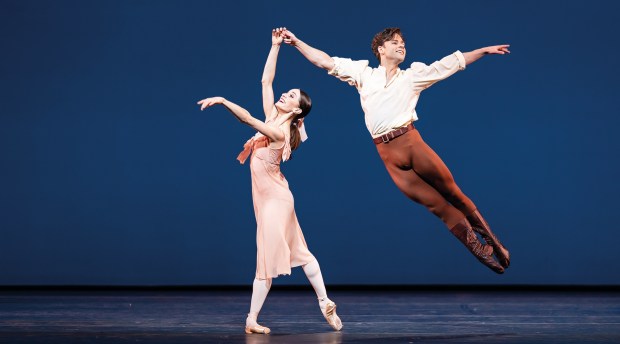
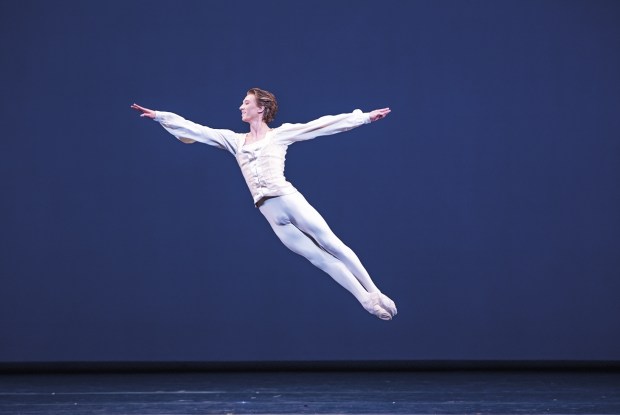
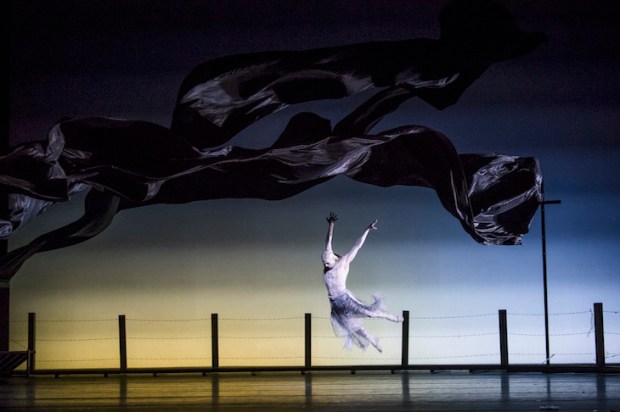






Comments
Don't miss out
Join the conversation with other Spectator Australia readers. Subscribe to leave a comment.
SUBSCRIBEAlready a subscriber? Log in